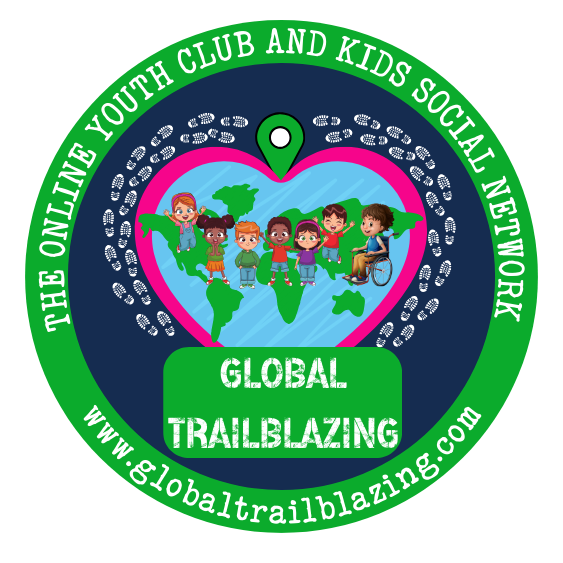
As parents, we are the first guides on our children’s journey of discovery. Among the countless wonders that captivate young minds, the moon stands as a celestial marvel, holding a unique place in the night sky.
When I was growing up, I used to stare in wonder at the moon that I believed was made of cheese and where a man lived. I would wonder if he every got sick of eating cheese!
Then as I got older, I used to wonder about werewolves on a full moon and then watching the different phases of the moon.
As someone who grew up on an island it wasn’t until I was much older that I learnt that the moon was connected to the tides we had to navigate and now as a ‘grown up’ the moon seems to be connected to so many different things.
It’s for this reason I wanted to add The Moon Quest to our GT learning pillars because EVERYONE loves the moon and as a global community it’s one of the really cool things that all our members can look at, at the same time, regardless of where you are in the world!
So in this blog post, let’s explore why introducing kids to the magic of the moon is a valuable and enriching experience.#
- Nurturing Natural Curiosity
Children are born with an innate curiosity about the world around them. The moon, with its gentle glow and ever-changing phases, naturally attracts their attention. Embracing this curiosity opens the door to a world of exploration and learning.
- Connecting with Nature
In an era dominated by screens and technology, fostering a connection with the natural world becomes increasingly vital. Learning about the moon provides a tangible link to the vastness of the cosmos, encouraging kids to look up from their devices and gaze at the night sky with wonder.
- Inspiring a Love for Science
The moon is a gateway to the universe, and exploring its features introduces children to basic astronomical concepts. From lunar phases to the impact of space exploration, these early lessons lay the foundation for a broader understanding of science.
- Encouraging Multidisciplinary Learning
The study of the moon is not confined to astronomy alone. It seamlessly integrates with various disciplines, including geography, history, literature, and the arts. This multidisciplinary approach enriches the learning experience and allows children to see the interconnectedness of knowledge.
- Fostering Imagination and Creativity
The moon has inspired countless myths, stories, and works of art throughout human history. Introducing kids to lunar lore and encouraging them to express their understanding through creative activities nurtures their imagination and artistic abilities.
- Building a Sense of Wonder
Learning about the moon cultivates a sense of wonder and awe. It encourages kids to ask questions, seek answers, and marvel at the mysteries of the universe. This sense of wonder is a powerful motivator for lifelong learning.
- Enhancing Critical Thinking Skills
Studying the moon involves observation, analysis, and drawing conclusions. These critical thinking skills, developed through exploring the lunar landscape, have broader applications in problem-solving and decision-making.
- Promoting Family Bonding
Gazing at the moon together, whether during a quiet evening or under the excitement of a celestial event, provides an opportunity for family bonding. It opens avenues for conversations about space, science, and the beauty of the cosmos.
- Preparing for Future Exploration
In an age where space exploration is advancing rapidly, understanding the moon takes on added significance. Teaching kids about lunar exploration sparks an interest in broader space endeavors and the possibilities they hold for the future.
- Connecting Globally
The moon is a universal presence, and learning about it can be a shared experience for children around the world. It fosters a sense of global connection as kids realize that, regardless of location, they all share the same moonlit sky.
Here at Global Trailblazing – The Online Youth Club and Kids Social Network, we love the moon, and that is why we included The Moon Quest in our The World Around Us learning pillar!
NIKKI COLLINSON-PHENIX




